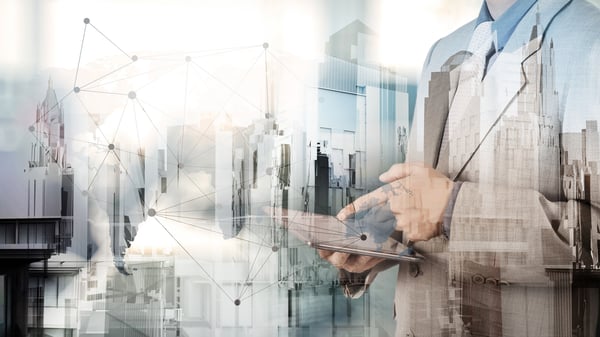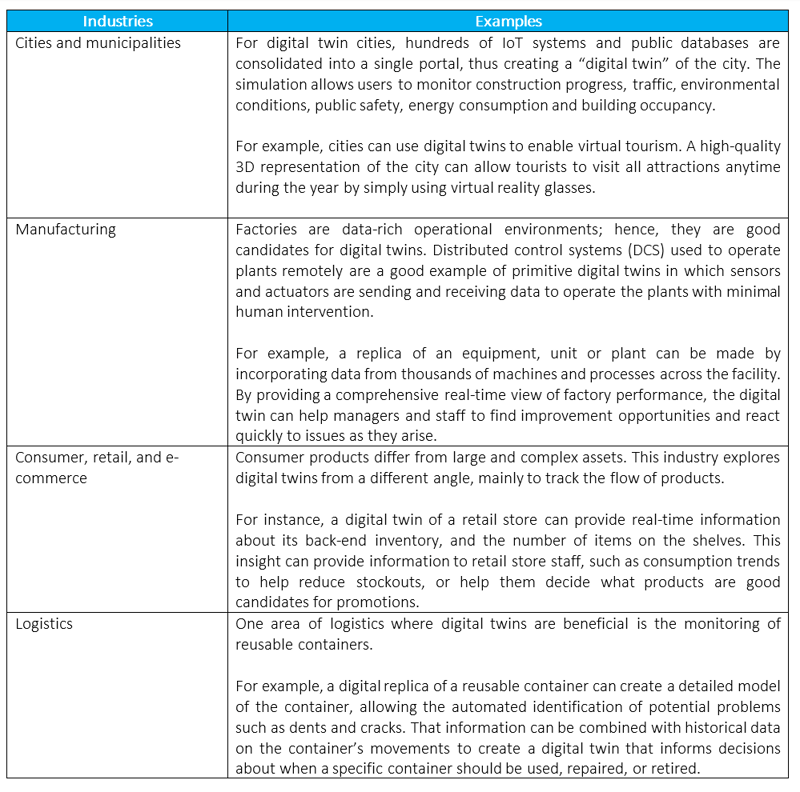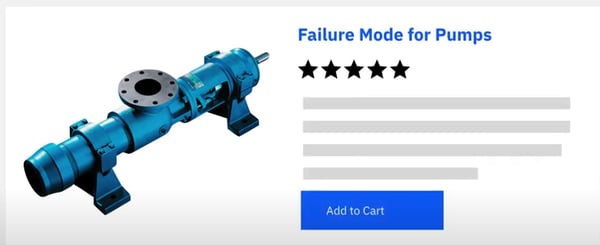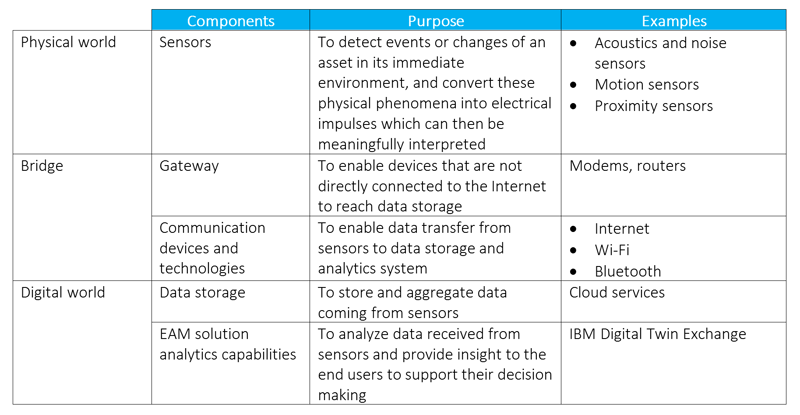How-to: Digital Twins and Enterprise Asset Management (EAM)
As the design of physical assets keeps evolving, the storage and analysis of high volume, high variety and high velocity of data becomes easier, and new assets tend to become more digitalized and disrupt the use of traditional asset management tools.
A new approach to managing software-enabled assets is required to operate and maintain them, and create analytical opportunities in line with the digitalization of assets. This new asset management approach cannot be made possible without having to resort to a digital twin, which is a digital replica of an asset.

What Is a Digital Twin?
A digital twin is the digital representation of a physical asset. This is a rather clear-cut definition of a digital twin, but it is among the range of definitions appearing from various global conversations on this topic.
The IBM UK Technical Consultancy Group (TCG) extends this description by adding that a digital twin “uses real-world data, simulation or machine learning models, combined with data analysis, to enable understanding, learning, and reasoning. Digital twins can be used to answer what-if questions and should be able to present the insights in an intuitive way.”
The digitalization of a physical asset can cover different aspects such as:
- A 3D representation of the asset using computer-aided design (CAD) to replicate the physical shape and dimension of the asset and all its components.
- Technical information about assets such as models, serial numbers, manufacturers, etc.
- Maintenance information such as bills of materials, failure codes, parts lists, etc.
- The signature of physical parameters such as baseline of vibrations, temperature measurements, ultrasound measurements, etc.
- The signature of operating parameters such as the baseline of speed, pressure, flow, energy, etc.
- Real-time data, such as the exact replication of the behavior of the asset in its operating context.
Digital twins are affecting all industries, but mainly manufacturing, cities and municipalities with the concept of “smart cities”, construction with the concept of “smart buildings”, automotive, utilities, logistics and retail/e-commerce.
Basic Architecture of a Digital Twin Model
Digital twin architecture is based on the Industrial Internet of Things technologies. The architecture bridges the physical assets, also called “Physical Things”—by using sensors—with the virtual world, represented by data storage and analytics solutions. The table below summarizes the basic architecture of a digital twin.
How Are Digital Twins Supporting Real-Life Decision Making?
The main purpose of digital twins is to enable a virtual representation of a real-world system and its real-time data, and to help people make better business decisions and positively impact their organizations and communities.
A large number of industries are seeing the benefits of asset digitalization, and digital twins foster new ways of thinking and new analytics capabilities. Unique insights are made available through the large quantity of data collected, the variety of information due to the range of sensors capturing physical data now available on the market, the speed to collect and process the data, and how the EAM solutions provide this data to the users. Business use cases can vary widely from an industry to another.
 Enable Your Digital Twin Journey With IBM Solutions
Enable Your Digital Twin Journey With IBM Solutions
In February 2020, IBM launched the IBM Twin Exchange as its platform to enable digital twins. IBM Twin Exchange provides various types of digital twin content, such as bills of materials, maintenance plans, failure modes, parts lists, operating models, 2D/3D files, etc. It allows users to search and download the digital twin content that meets their needs.
IBM Digital Twin Exchange uses integration across the IBM portfolio to make this digital twin content accessible to an EAM solution such as IBM Maximo Asset Management in a matter of clicks. For example, a user can search and download the failure mode of a pump from IBM Digital Twin Exchange and directly attach it to the pump in Maximo Asset Management.
 The use of digital twins to solve real-world business problems is coming into force, thanks to the digitalization of the new design of physical assets and the availability of technology—IoT sensors, cloud services, 5G Internet, and EAM solutions supported by a strong IoT culture like Maximo and IBM’s Watson IoT platform.
The use of digital twins to solve real-world business problems is coming into force, thanks to the digitalization of the new design of physical assets and the availability of technology—IoT sensors, cloud services, 5G Internet, and EAM solutions supported by a strong IoT culture like Maximo and IBM’s Watson IoT platform.
Digital twins have started to positively impact the decision-making processes across various industries with real examples of how they have reshaped end-to-end asset lifecycle, from design to disposal.
Do you want to explore your digital twin options? Let us know! We can certainly help you in your digitalization journey.
References:
- IBM United States Software Announcement 220-035, February 11, 2020
- IBM Digital Twin Exchange, IBM Website, 2020
- What are digital twins? IBM Technologist Andy Stanford-Clark, Erwin Frank-Schultz, Martin Harris, 2019
- Industry 4.0 and the digital twin, Deloitte University Press, 2017









